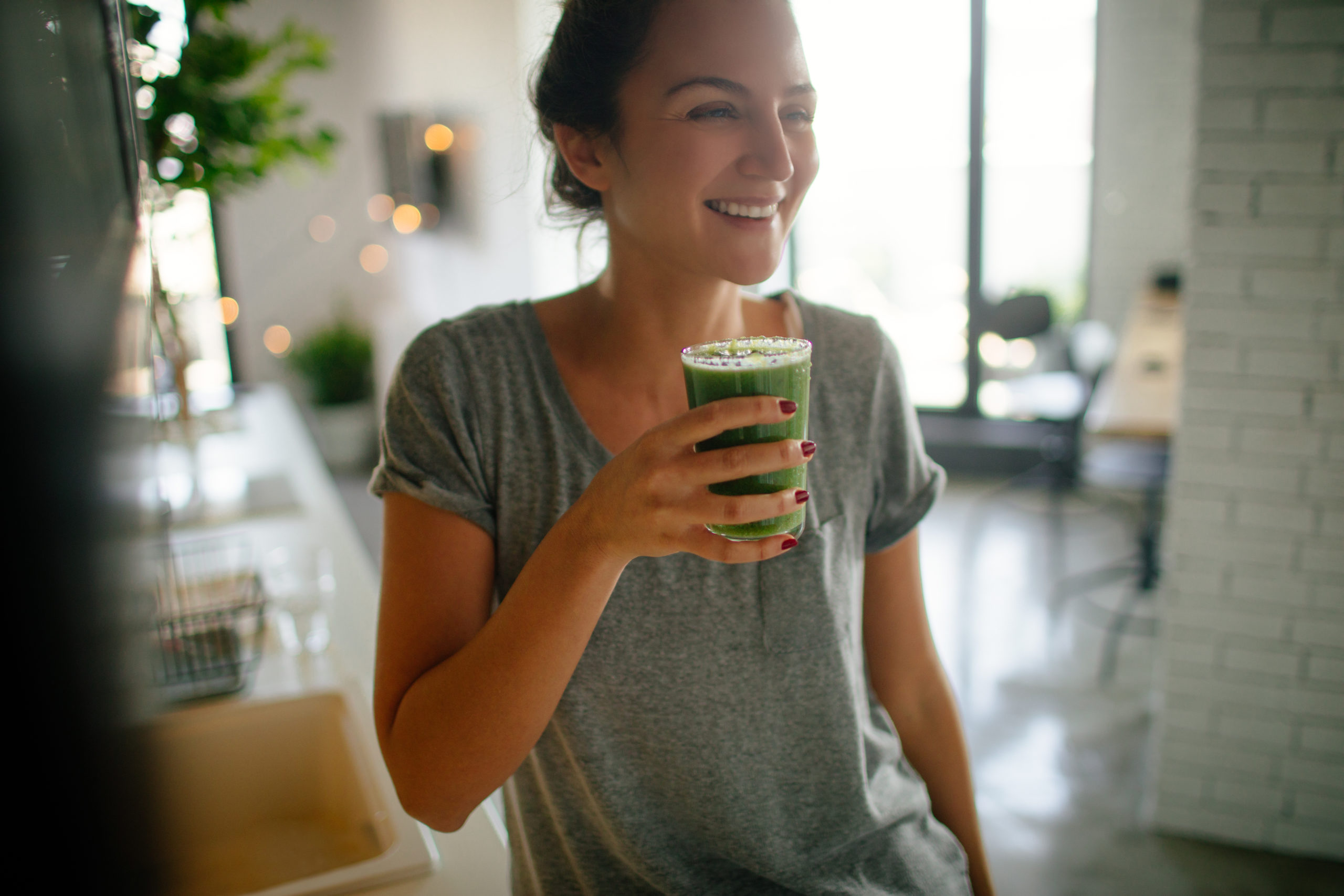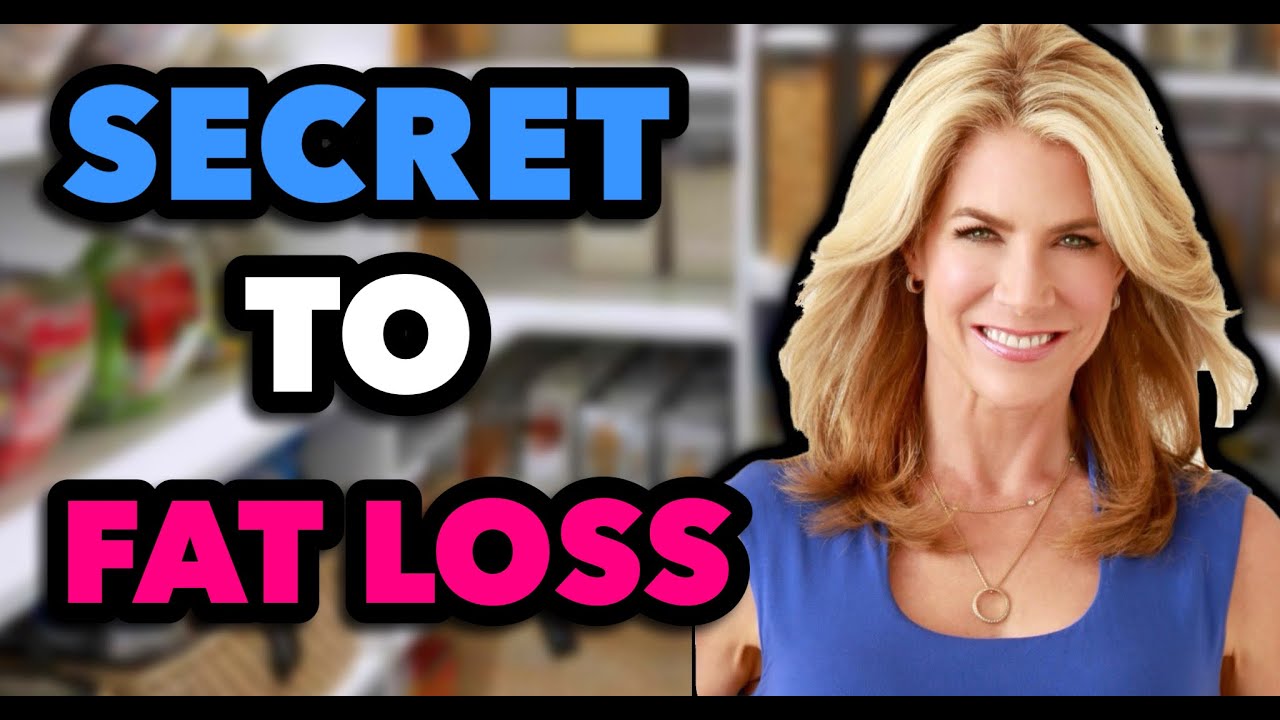If you haven’t been able to quit sugar, it’s my mission to help you get off it. It seems simple, right?! Everybody knows if you want to lose weight or get healthy, you have to eat less sugar.
The #1 question I get asked is about sugar. I usually get some variation of this question, such as:
I’m trying to lose weight and get healthy… What should I eat?
What foods should I avoid to lose weight and keep it off?
Is sugar really bad for you? Why?
What about natural sugars?
Are artificial sweeteners better?
From those questions, I’ve created a plan that has helped thousands of folks break their sugar addiction for good.
You may be thinking, I’ve got such a sweet tooth, and I’ve gone cold turkey from sugar before… and it didn’t work. In fact, it made my cravings worse…
I’m here to say that you can absolutely do this… EVEN if you’ve tried before and it hasn’t worked. My approach here is agnostic. It works if you’re paleo, keto, vegetarian, vegan, and anywhere in between.
Why is Cutting Out Sugar So Hard?
You know you shouldn’t eat sugar, but even if you’re doing everything right and you’ve cut out the obvious culprits like cookies… you’re hit with cravings and eventually cave in to them.
The reason isn’t because you lack will power or self-discipline. You don’t binge on salmon, do you? You’re biologically addicted to sugar, and willpower does not apply.
Sugar is a drug that lights up the rewards center in the brain. High doses of sugar hijack our metabolism and make us fat and sick.
In one study, researchers gave rats Oreos® and morphine. Both had the same effect on the reward center in the brain. However, the rats preferred the Oreos®. They got more pleasure from them than the actual opiate drug! (1)
Sugar is addictive, which is great for companies needing to sell products… but not for you. What’s worse, sugar is in EVERYTHING. Researchers have found that added sugar is hiding in 74 percent of packaged foods. (2)
Literally, three out of every four processed foods have added sugars… even if they have “natural” sugars like honey or agave. A label can say “no sugar added “ and still be loaded with it by adding fruit juice concentrate (AKA straight sugar).
Our ancestors did not eat sugar that way. We didn’t make something into juice, we didn’t dry it out and make it candy, or concentrate it and turn it into jam or syrup. If you look at most of the fruit out there, we’ve turned it into candy or soda. Most store-bought juice is nothing more than a soda.
Food manufacturers know you won’t buy a food if the first ingredient is sugar. As a result, they’ve come up with more than 50 different names for sugar.
According to Mark Hyman, MD, we went from eating about five pounds of sugar per person a year in 1800 to 152 pounds of sugar (and 146 pounds of flour) per person a year today. (3) That’s about one pound of sugar every day. And exposure equals preference.
Advertisers are allowed to put “no sugar added” on products even when they’re full of sugar. So you’re mainlining sugar even when you think you’re doing everything you’re supposed to do to lose weight and feel and look better.
So you still have all of these symptoms of eating a ton of sugar. You’re tired, you’re hungry, plus you’re hangry all the time. You’re cramping, gassy, and bloated. You can’t lose weight or you keep gaining it back, and your waistline just keeps expanding.
If you’re like most people, you’re either confused or controlled, which is exactly where most food manufacturers want you to be.
Call it what pretty name you want… but natural sugar is sugar. They all break down to glucose and fructose.
Sneaky sugars are another culprit. You think you’re ordering the healthy salmon entrée at your favorite bistro, but that glazed topping is like pouring syrup on your meat.
Sugar is also sneaking into that balsamic vinaigrette, which is basically sugar syrup. Those sneaky sugars are also “hiding” in marinara sauce, where the first ingredient is often sugar. (Not to mention they use really cheap tomatoes and it tastes crappy.)
I could go on (and I do, with many more examples in my Sugar Impact Diet book. Our goal here is to identify where these sneaky sugars hide… and gently, gradually break you free from your sugar addiction… with these five steps.
Step 1: Go Low Sugar Impact
The issue with sugar is really knowing which sugars to choose, which to lose, and how much to eat. That varies depending on the nature of your genetics, your lifestyle, and what type of health issues you might be dealing with.
Someone with diabetes or poor blood sugar control is someone different than someone with adrenal issues. Some people do well on a low-carb diet, some people don’t.
That’s where this all gets super confusing, but there are some key things that we have to consider and that’s why I felt compelled to take on sugar. We need to undo some programming and look at sugar differently. We’ve been looking at it all wrong.
All carbohydrates except fiber turn into sugar. With your food choices, it’s really a matter of whether you’re breaking sugar down slowly, or you’re mainlining it and storing more and more fat.
So how much is ok? Because your body needs sugar to survive, it would be impossible to cut it all out.
The World Health Organization (WHO) says no more than five added teaspoons a day. But do you know how much that is? How are we supposed to figure that out?
Here’s the thing: It’s not actually about the sugar itself… it’s about the impact that sugar has on your body. Some sugars like fructose hit you like the Roadrunner hit Wile E. Coyote.
Fructose goes straight to the liver, where it tells your body to start making fat. Since it didn’t raise blood sugar along the way, it also doesn’t trigger satiety signals, which means you are making fat and you are STILL hungry.
Fructose is all-around bad news. This simple sugar accelerates aging, causes fatty liver disease, and you just end up hungrier in a few hours.
Artificial sweeteners are similar. Artificial sweeteners cause calorie dysregulation, so you can’t correlate the degree of sweetness with the calories you’re eating so they help you overeat.
In the Sugar Impact Diet, I created the Sugar Impact rating scale to help make sense of all of this.
On the one side, we’re looking at how much food raises your blood sugar and/or insulin, based on the type of carbs or artificial sweeteners it contains.
But that’s not the entire story. I also look at the amount of fiber and nutrient density a particular food has, both of which mitigate the impact of those sugars.
From that, I rate individual foods into high, medium, and low Sugar Impact. The Sugar Impact scales show you which ones become sugar slowly from the food you are eating rather than just simply mainlining it.
Some of these might surprise you. (They did me!) White flour can raise your insulin more than sugar and whey protein can raise your insulin more than white bread. Would you have guessed the jam on your white toast makes it the same as a cupcake?
The havoc this wreaks on your system sets you up for insulin resistance, diabetes, and other chronic diseases.
If you have a big problem with sugar but you’re saying Yeah, but I don’t have cancer, heart disease or diabetes, or dementia or osteoarthritis issues… That’s a “yet.” Higher levels of fasting blood sugar increase your risk of disease, including dementia. (4)
I created the Sneaky Sugar Inventory in my Sugar Impact Diet book to take the thinking and hand-wringing out of going from high Sugar Impact foods (the ones creating inflammation and causing you to hold on to extra weight) to medium Sugar Impact foods.
This approach helps you ditch cravings, allows your body to heal, and transitions you into a fat burner so you can lose fat fast. It shows you exactly where sugar is sneaking in and which swaps will reduce it.
You can flip the switch and go from being a sugar burner to a fat burner in just two weeks. You can do anything for two weeks.
But you can’t go cold turkey! That’s the number one way to fail. To avoid that, you need to taper from high to medium, then medium to low Sugar Impact, so there’s no bat to the head like you get with withdrawal.
When you taper easily, before you know it, the sweet you used to crave will be too sweet for you to handle! I know that’s hard to believe now but trust me, it will happen.
It’s one of the most dramatic things that happens – you’ll retrain your taste buds and get rid of your sweet tooth.
The goal is to move away from sweet… and balance your blood sugar by eating from the Sugar Impact Plate. That includes clean protein, healthy fats, and fiber from non-starchy veggies and low SI carbs.
Over time, you’ll begin to appreciate subtle sweetness and even savory, spicy, and sour… like fermented foods, which are amazing for the health of your gut. (A helpful hack: Sour helps take your sweet tooth away.)
You’ll also make swaps that give you all the satisfaction of the original without its Sugar Impact.
Nearly any food or drink can be an easy swap. Here are a few to get you started, to lower the impact sugar is having on you… so you can finally start to drop the extra weight and keep it off:
Swap out…
Peanut butter and jams for nut butters
Grains for beans and quinoa
French fries for quash fries
Dried fruit for whole fruit or frozen berries
Fruit-on-the-bottom yogurt for plain almond Greek yogurt
Also swap out anything no- or low-fat. With those foods, I guarantee you’re eating waaay more sugar than you think. When it’s low-fat, it’s high in sugar. That fat-free raspberry vinaigrette turns your salad into a sundae.
I created this inventory using something called glycemic load, which looks at the impact of that food on your blood sugar plus the amount of that food you eat.
At the same time, when you’re lowering your sugar impact you’re blasting cravings and you can go longer between meals. Sometimes when you have cravings you’re actually thirsty, so give my crave-busting Lemon-Aid a try.
Just don’t snack! Snacking keeps your sugar and insulin in overdrive all day long and blocks your body’s ability to burn fat. Lowering your Sugar Impact will get you off snacking.
And that’s because you’re giving your lower Sugar Impact choices an assist by these next steps that put other whole (hopefully organic) foods on your plate that will keep you full longer.
Step 2: Add Healthy Fats
Healthy fats are great to stabilize blood sugar and stay full longer. You’ll want to especially load up monounsaturated fats and omega-3 fatty acids. They’re in:
- Avocado
- Olive oil
- Flaxseeds
- Walnuts
- Fatty fish
These healthy fats can:
- Lower the risk of heart disease and stroke
- Support healthy blood pressure levels
- Support healthy cholesterol levels
- Lower triglycerides associated with heart disease
- Fight inflammation
Step 3: Eat Clean, Lean Protein
Protein is a superstar to stabilize blood sugar levels and help you transition off the sugar roller coaster. You’ll get more clean, lean protein from humanely raised animals like:
- Grass-fed or grass-finished beef
- Wild-caught salmon (also good for those healthy fats)
- For vegans and vegetarians: lentils and quinoa
Some benefits of eating clean protein include:
- Boosting your brain health
- Aiding weight loss
- Supporting sugar balance
- Reducing the risk of heart disease
- Keeping energy levels stable
- Helping repair injuries
Step 4: Increase Your Fiber
Dietary fiber is my #1 to crush hunger and cravings… which is exactly what you want to do while you’re tapering off of sugar. You’ll have lots of non-starchy vegetables which are loaded with fiber to slow the impact of their carbs.
Some favorites include:
- Artichokes
- Asparagus
- Beans
- Broccoli
- Carrots
- Cauliflower
- Mushrooms
- Peppers
- Low Sugar Impact carbs including wild rice, winter squash, and legumes
What does fiber do for you?
- Helps maintain intestinal health
- Lowers cholesterol levels
- Helps control blood sugar levels
- Supports weight loss
Fiber is amazing because it’s great for the garden in your gut, and those good bugs in your microbiome are destroyed by a high-sugar diet. The bad bugs live on sugar. That’s where candida comes from. High sugar flares up the inflammation in your gut, and colitis and leaky gut right behind.
The reason whole fruit has a lower Sugar Impact than fruit juice is because the fiber in whole fruit slows down the release of sugar into your bloodstream. It’s not like the way sugar in fruit juice hits your bloodstream, like a dam breaking.
I want you to gradually work up to 50 grams of fiber a day, and drink plenty of water as you increase your fiber intake. If that feels like a challenge from food alone, add Extra Fiber to your smoothies.*
Step 5: Practice Self Love
Many of us use food to fill a void. So you may need to think about how you nurture yourself and try to find replacement activities.
What else would fill your soul besides that baking? What else would give you the endorphin response the cookie does?
For me, it’s high-intensity training or burst training, because it’s a two for one. I get the benefit of a boosted metabolism. But you also get the endorphin response that feels sooo good, and it doesn’t take long.
Literally a couple of minutes and you can get that. And the more you do it, the less inclined you are to sabotage your good work with sugar that will put pounds back on you and make you feel lousy.
So for you it might be burst training or:
- Playing with the dog
- Playing with kids
- Hugging a friend
- Going for a walk and getting out in the sunshine
Make yourself feel good and get better at the same time. And during the process, have compassion for yourself!
The views in this blog by JJ Virgin should never be used as a substitute for professional medical advice. Please work with a healthcare practitioner concerning any medical problem or concern. The information here is not intended to diagnose, treat, cure, or prevent any disease or condition. Statements contained here have not been evaluated by the Food and Drug Administration. Always consult with your healthcare practitioner before using these and any other supplements.
*These statements have not been evaluated by the Food and Drug Administration. This product is not intended to diagnose, treat, cure, or prevent any disease.
References:
- Connecticut College. “Are Oreos addictive? Research says yes.” ScienceDaily. www.sciencedaily.com/releases/2013/10/131015123341.htm (accessed November 15, 2021).
- https://sugarscience.ucsf.edu/hidden-in-plain-sight/#.YZPrCr3MK3I
- https://drhyman.com/blog/2014/01/31/feel-like-crap-need-detox/
- Crane PK, Walker R, Hubbard RA, Li G, Nathan DM, Zheng H, Haneuse S, Craft S, Montine TJ, Kahn SE, McCormick W, McCurry SM, Bowen JD, Larson EB. Glucose levels and risk of dementia. N Engl J Med. 2013 Aug 8;369(6):540-8. doi: 10.1056/NEJMoa1215740. Erratum in: N Engl J Med. 2013 Oct 10;369(15):1476. PMID: 23924004; PMCID: PMC3955123.






